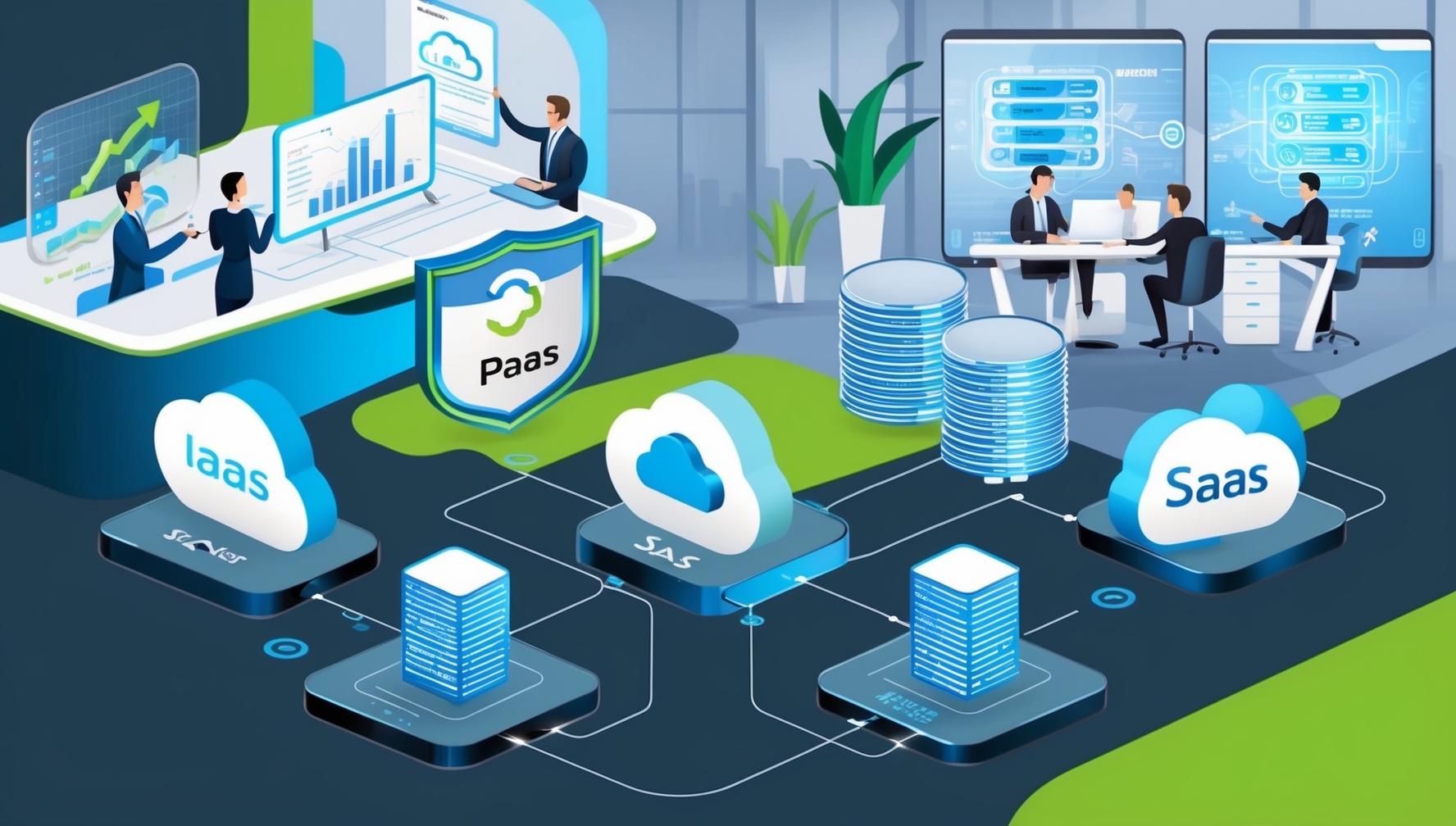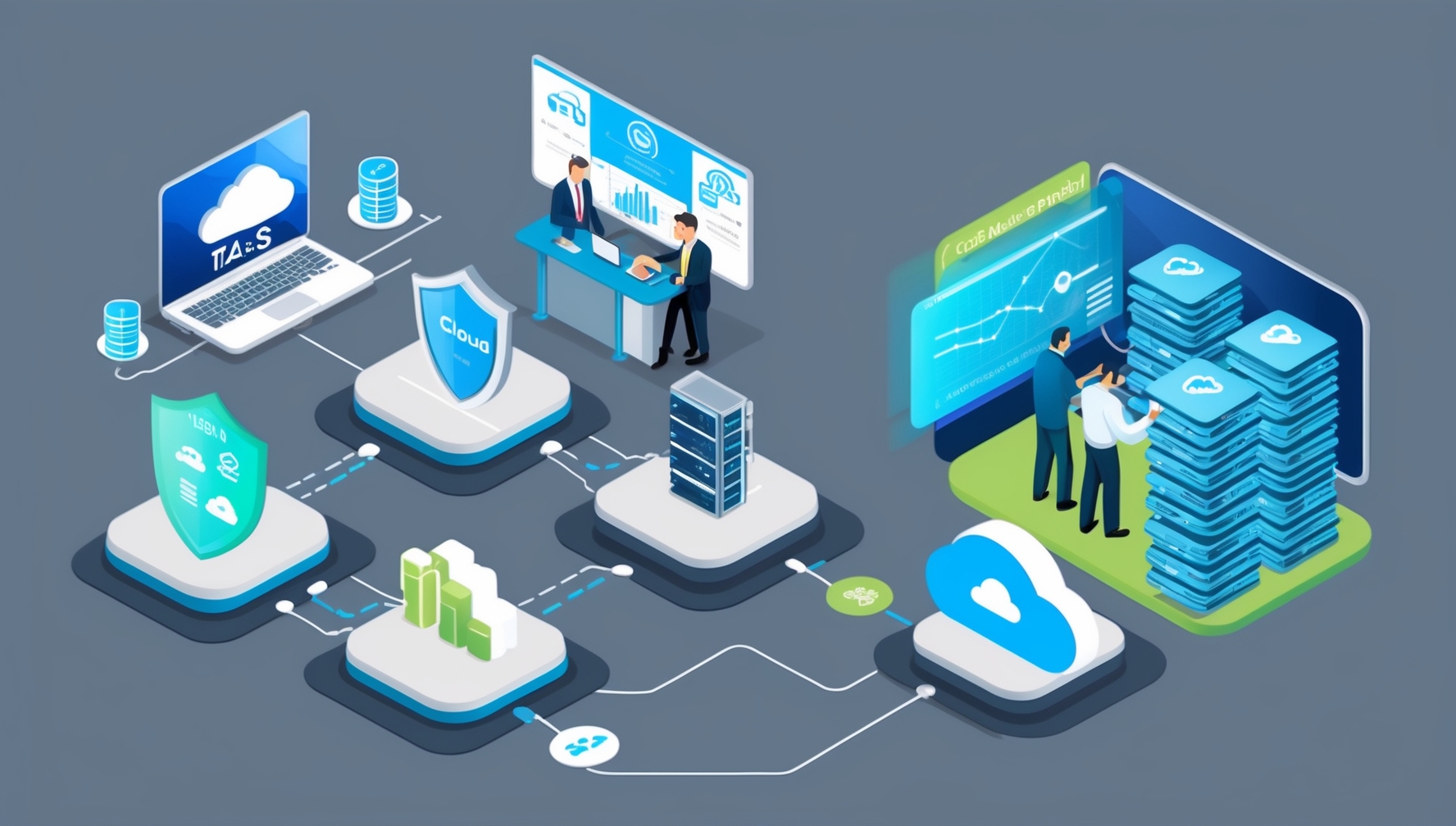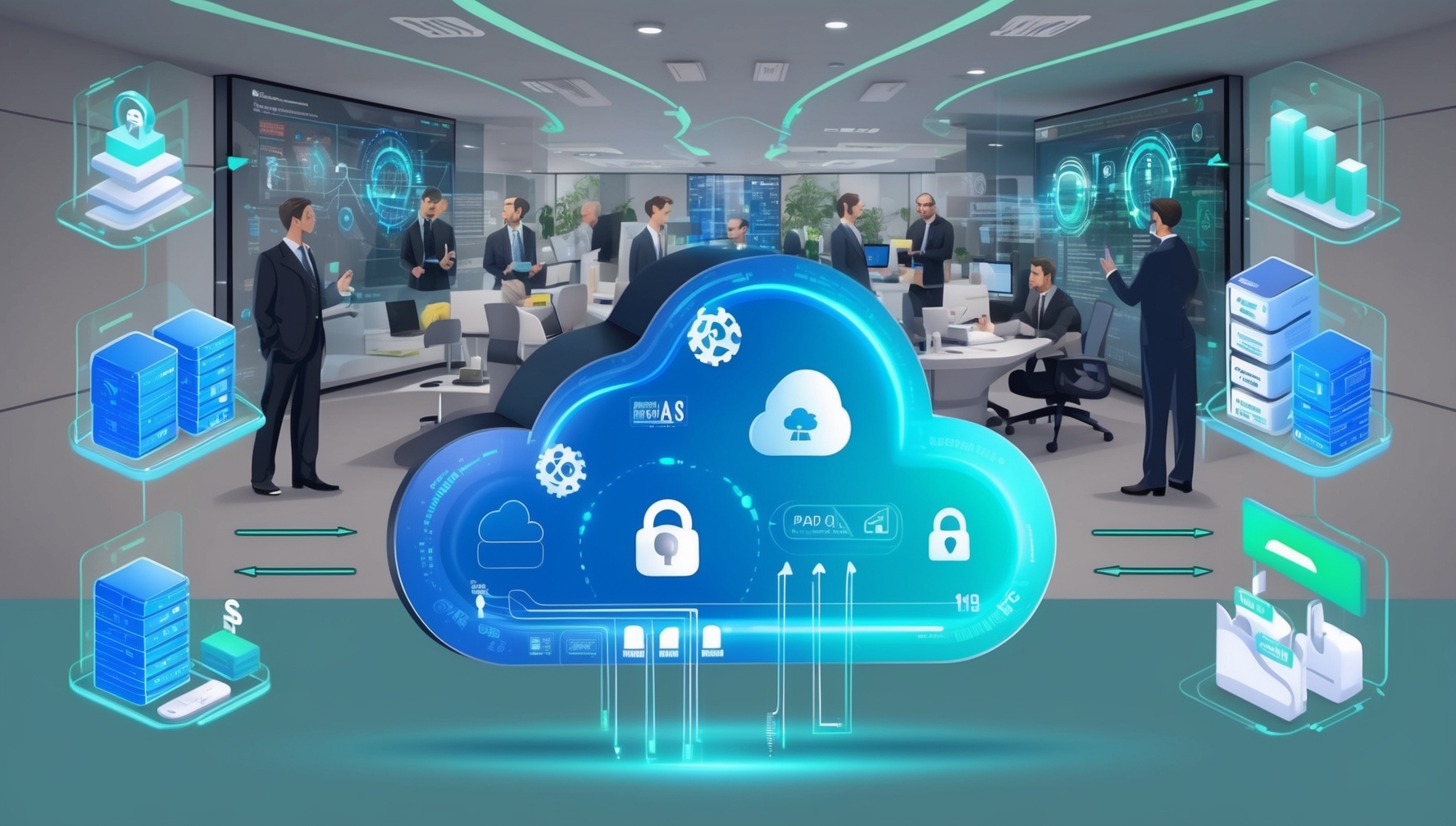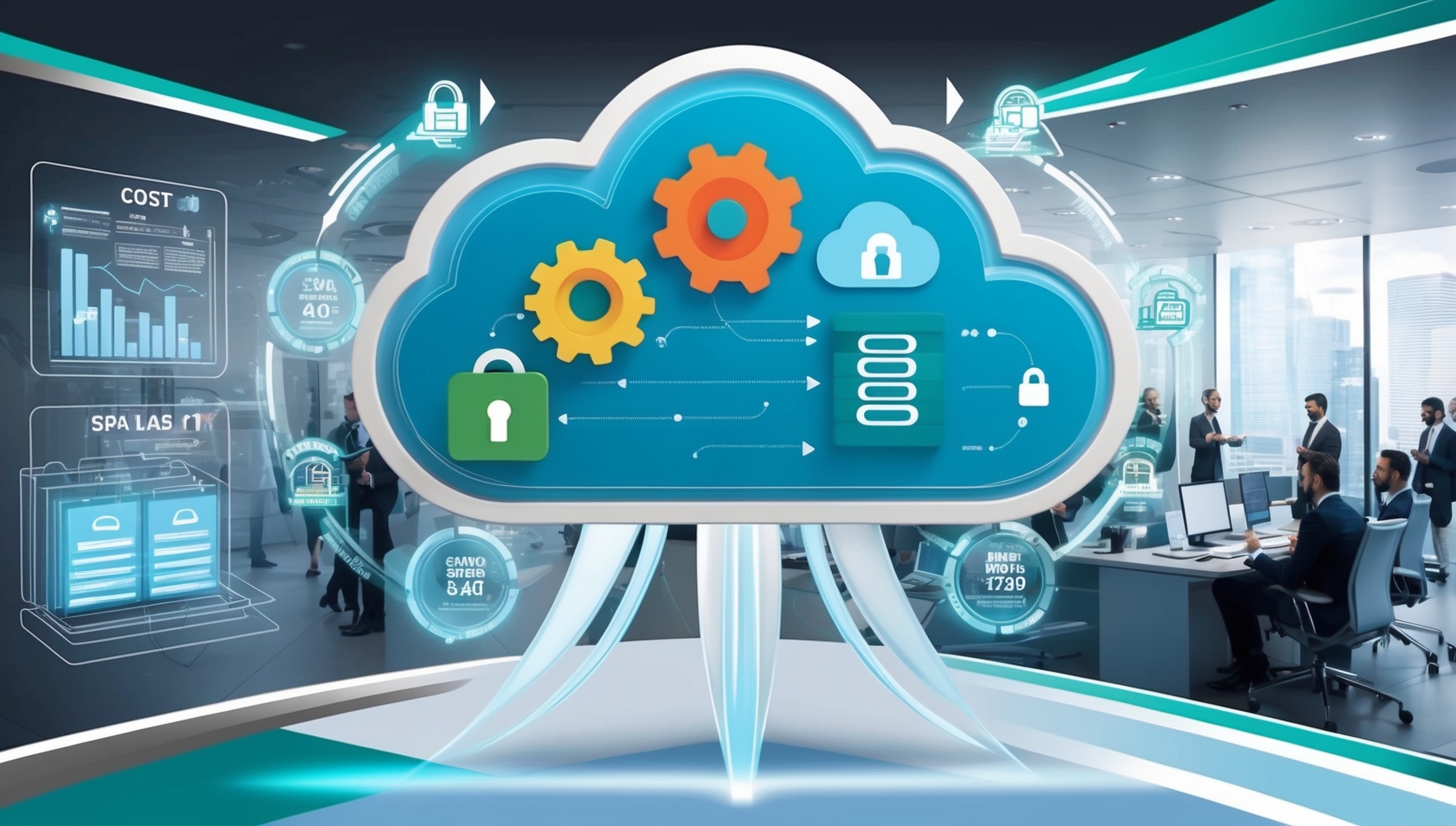NIST Cloud Computing Definition
This presentation provides an introduction to NIST's cloud computing definition and their ongoing Standards Acceleration to Jumpstart Adoption of Cloud Computing (SAJACC)
This presentation provides an introduction to NIST's cloud computing definition and their ongoing Standards Acceleration to Jumpstart Adoption of Cloud Computing (SAJACC)

These are essential concepts and components of cloud computing, including Infrastructure as a Service (IaaS) and Software as a Service (SaaS). They explain how cloud computing offers significant cost savings and scalability while addressing critical concerns like data security and vendor lock-in. CIOs and IT leaders will find valuable insights into the strategic benefits and potential risks, equipping them to evaluate and implement cloud solutions effectively.

This presentation provides an under the covers view of cloud computing using key software as a service applications.
Explore the benefits, cost comparisons, and application strategies in cloud computing.

Explore the architecture and benefits of cloud computing for innovation and cost reduction.
This presentation provides an overview of cloud computing, cuts through the hype on cloud computing benefits and answers the simple question: Is Cloud Computing Overhyped and Overrated?
This paper provides a definition of cloud computing and distringuishes it from other similar sounding terms and technologies such as provisioning, utility computing, application service providers, grids, etc.

This Cloud Computing Foundations guide is tailored for small and mid-sized businesses looking to optimize their IT infrastructure. It breaks down cloud service models, including SaaS, PaaS, and IaaS, and explains how cloud technology can reduce costs, improve scalability, and enhance efficiency. The guide also addresses common concerns like data security and availability, providing practical steps for a successful transition to the cloud. Learn how to leverage cloud computing for greater business agility and long-term growth.
This article attempts to understand the hype behind cloud computing with a discussion on what is Cloud Computing, players in this space, and probable ways this new trend could take shape.

This presentation provides an overview of cloud computing – a definition of cloud computing, and delivery and deployment models.